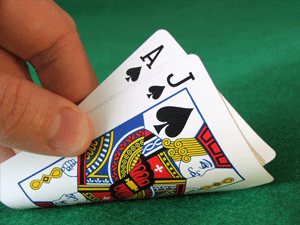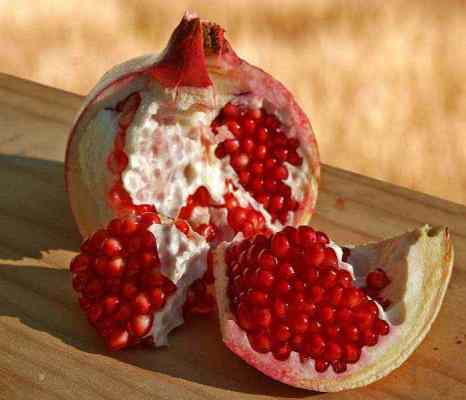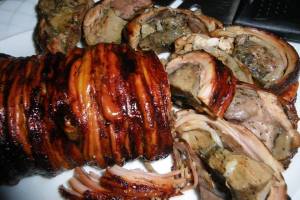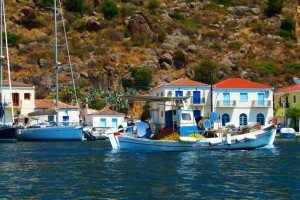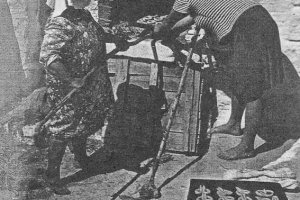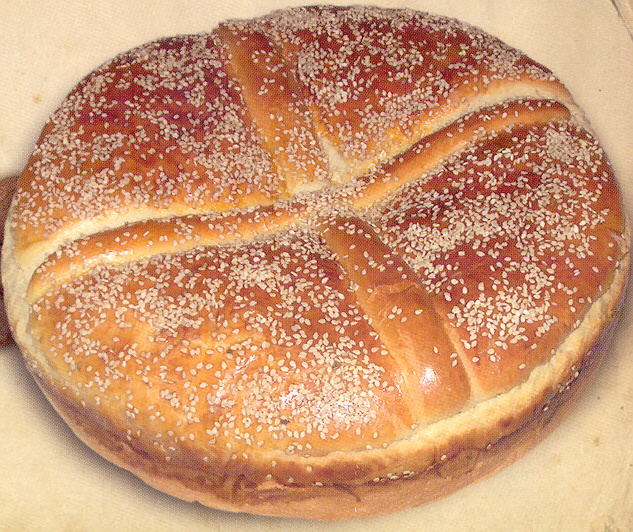
While contemporary Greek culture has assimilated Anglo-American holiday customs, folklorist and writer Yannis Poulakis reminds us that in Greek tradition it is Ayios Vassilis, or Saint Basil, who brings the presents on New Year’s—and not Santa Claus at Christmas.
Greek children eagerly anticipated the arrival of Ayios Vassilis down the chimney, carrying sacks of presents which they found on New Year’s day. But the celebrations began on New Year’s eve when children, alone or in small groups, visited the homes of relatives and friends caroling, chanting verses about the “first of the month, the first of the year” as well as the birth of Christ and St Basil’s imminent arrival from Kaisareia, a city in Asia Minor and prominent Orthodox see under the Patriarchate of Constantinople until the early 1920s. The carol was sung to the accompaniment of a triangle, and carolers were treated to a holiday sweet and a few coins. Poulakis recalls how some of the old-timers would sometimes set off caroling themselves, with the addition of a bouzouki, as they wandered through the town’s neighborhoods amusing their compatriots with their antics.
Gambling, especially card-playing, is another New Year’s eve custom and a favorite game on Poros was “heads”, usually played in tavernas by patrons. As the night progressed and the wine flowed, the game became livelier—and, on occasion, rowdy. One such time was when one especially colorful local was caught using a fake coin with tails on both sides. There were more serious card games set up in some of the coffee houses, most notably at Barba-Thodoros Maglaras’s, while a bigger game took place in the lounge of kyra-Athena’s hotel. These venues were just for players: most Poriotes, like most Greeks, indulged in a bit of friendly gambling at home, wagering small sums “for luck” in the coming year.
Gambling is a relatively new custom but Poulakis notes that one New Year’s tradition which has roots in antiquity is the podariko or foot-stepping. According to tradition, the first person to cross the threshold of a home or business in the new year determines the household’s fortunes for the coming year. Some people are said to bring good luck and are sought-after by friends and relatives; others are considered bad luck and the highly superstitious will go to great lengths to prevent them from being first through the door after midnight. Young children are believed to be the luckiest because they are innocent.
According to custom, to have good luck, the first person to enter the home must do so right foot first. In some homes, the full ritual is still preserved: when the first person entering the home steps across the threshold, the homeowner also smashes a pomegranate against the floor, scattering its seeds to symbolize an abundance of food and, in young families, fertility. In many families, kids vied to be invited for the podariko as the relative or friend would also reward them with a little money—for good luck!
Melomakarona (oval-shaped cookies dipped in honey syrup) and kourambiedes (almond butter cookies dredged with confectioner’s sugar) are the traditional treats eaten from Christmas through Epiphany. But the special New Year’s “cake” was the vassilopitta, or Basil’s cake. In many parts of Greece, the vassilopitta was, indeed, cake-like: on Poros, the traditional vassilopitta was more like a bread and similar to the elaborately-decorated Christopsomo served at Christmas. The main difference: a coin was placed inside the dough before baking.
According to Poros custom, the vassilopitta was cut at the end of the family lunch on New Year’s day. This was done with great formality by the head of the household. He began by tracing the sign of the cross on the bread’s surface three times, before actually slicing down in the cross shape. The first piece was set aside for Christ, the second for the Virgin Mary, the third for St Basil, and the fourth for the home. Pieces would then be sliced for each family member, in order of seniority within the household, and any guests lasts. As he cut each piece, the father would hand it to the recipient wishing him “chronia polla” (many years) and good health and luck until next year. While the goodwill flowed for every one, the person finding the coin in his or her slice was considered to be especially blessed with good luck for the coming year. To symbolize this luck, the person also received a small gift or some cash. If the coin was found in the first few pieces, then the blessing fell on the entire household.
Another New Year’s custom popular on Poros, as well as other parts of Greece, is the boska. This is a sea squill, a bulb native to southern Europe that grows wild in rocky terrain. The foil-wrapped boska symbolizes continual renewal and is hung on the front door or placed in a prominent place indoors.



